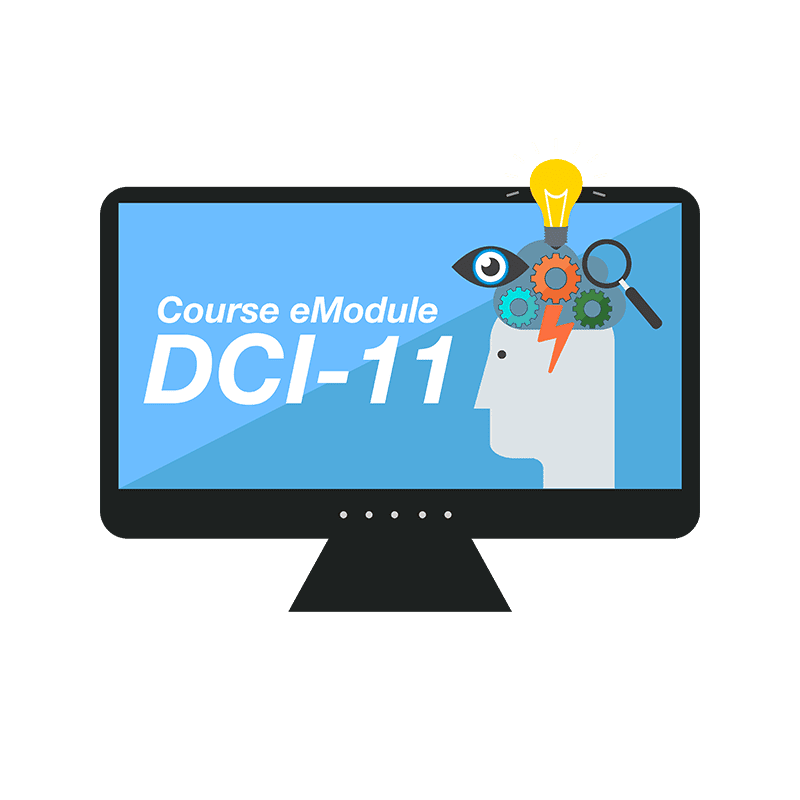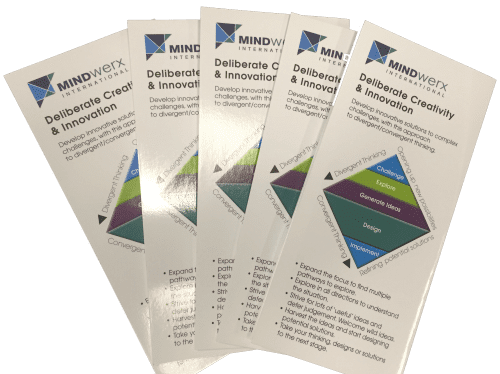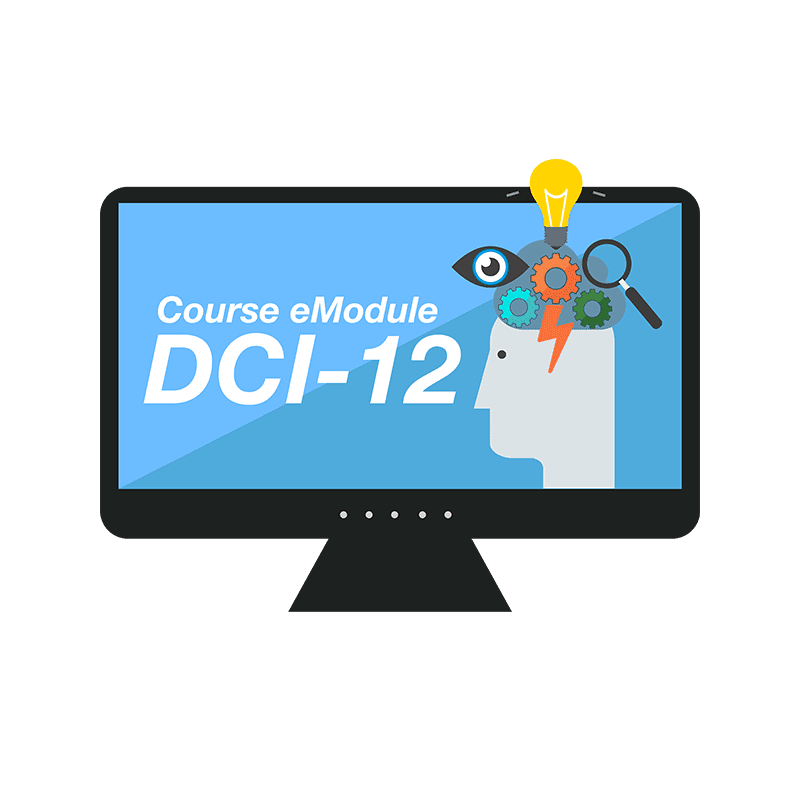Description
DCI-11 Solution Design And Implementation
Solution Design & Implementation into achievable outcomes is a huge focus area. In this module we start to learn how to organize and ‘see’ ideas so that they can be developed into results. Ideas are almost NEVER solutions, but there is lots you can do to get started.
- 3 videos totaling 50 mins
- Idea categorization and fanning
- Designing Potential Solutions
- Implementation
- Exercise – Categorisation and design of ideas
Marsh Fisher, CEO of Century 21 said “The true source of power in any company today is ideas, the rest is just housekeeping.” While ideas are without doubt vital it is what you do with them that really matters.
Designing Solutions needs constructive dialogue & usually some form of technical Development
- Few ideas stand on their own merits, without some development.
- New ideas need to be developed before being scrutinised/assessed.
- They need constructive design to be expanded, shaped, improved and changed to meet the needs of the situation.
We need to use constructive dialogue to build on ideas and start designing potential solutions.
Idea categorisation is a simple process that helps manage large numbers of ideas, which we have from the previous exercise.
The idea here is to appreciate that ideas from brainstorming are almost NEVER solutions. In fact finding solutions is not the aim of brainstorming, Solutions come from the preliminary evaluation and development of ideas.
The challenge is that many so-called ‘ideas’ are not really ideas – they lack clarity. So the first thing to understand is that if you have 50 or 100 ideas from a brainstorming session, only about 10-20% will be what we called Ripe Ideas – that is something that is clear enough to progress to the next stage. For example if you were thirsty a Ripe Idea would be to have a 500 ml bottle of Diet Cola.
A majority of ‘ideas’ will be Unripe – that is they need some clarification. So again if you were thirsty an Unripe idea would be to have a soft drink. You understand what it is, but it needs work for you to know exactly what to buy.
And a good number of ‘ideas’ won’t be ideas at all, they’ll be concepts – something so broad you can’t progress them without some development. For example, if you’re thirsty a concept might be to ‘have a drink’. But what kind of drink? Needs work.






